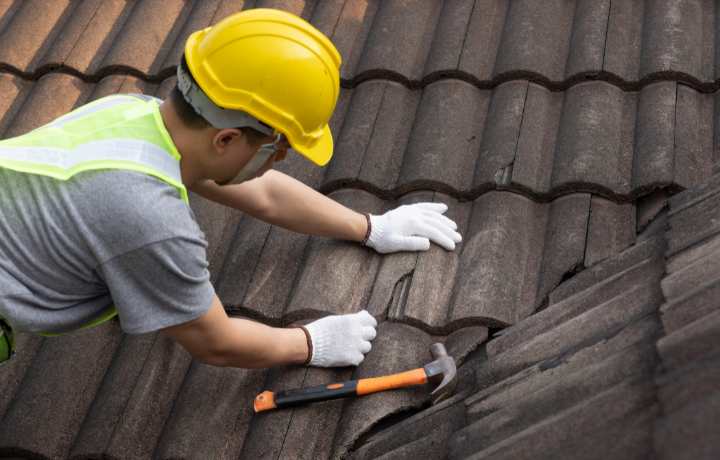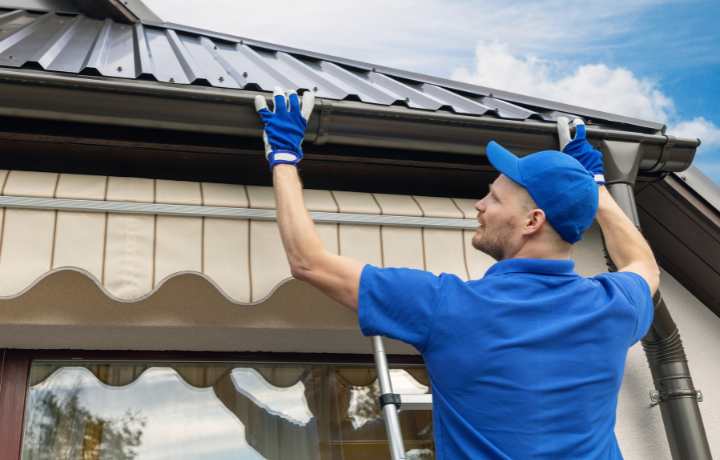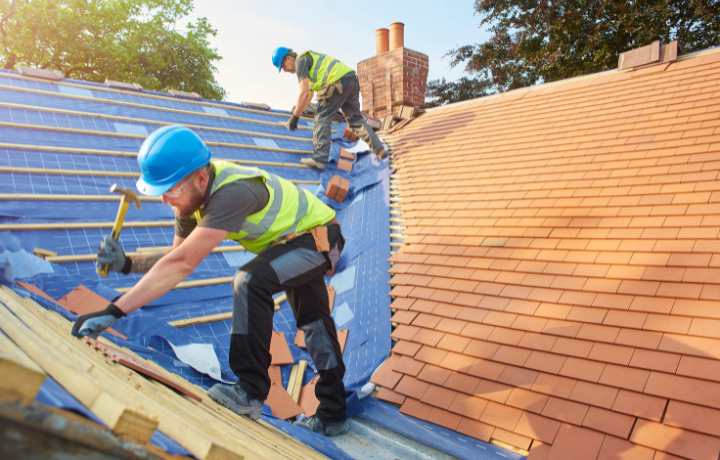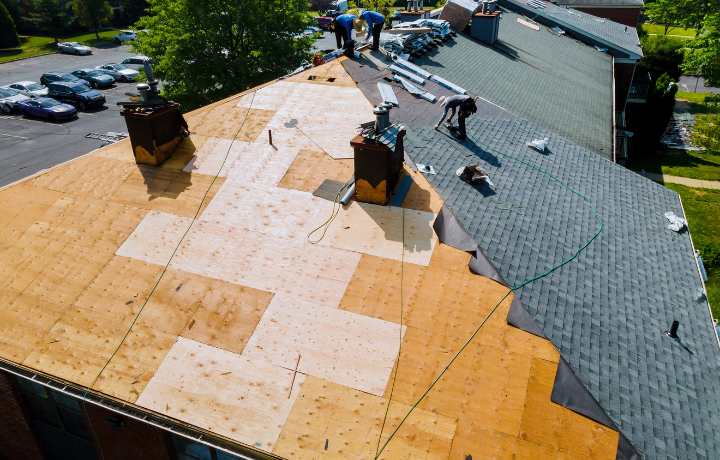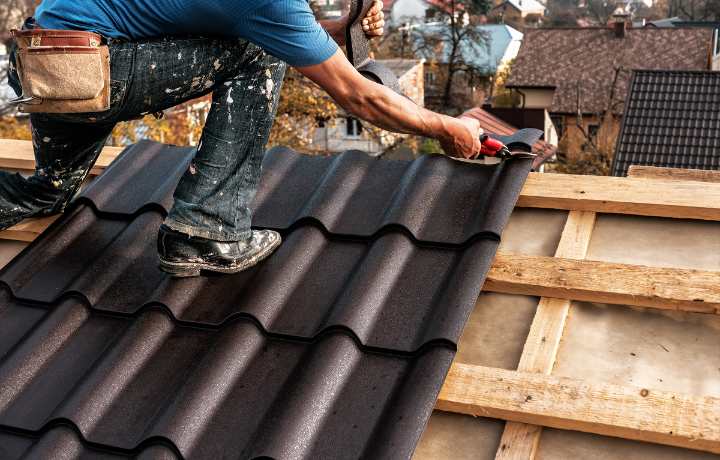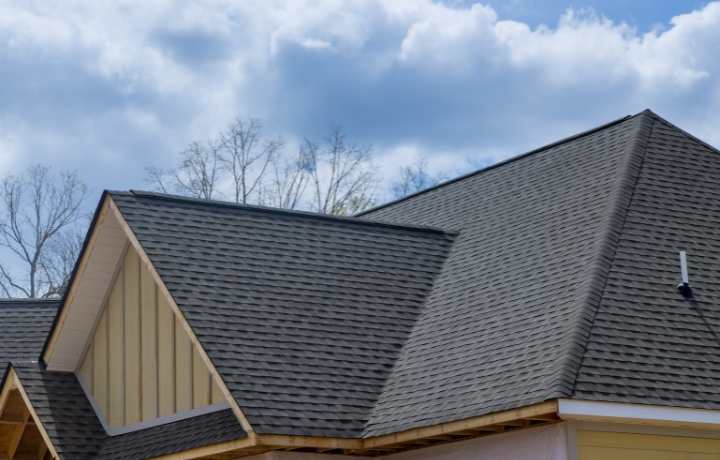- 7.30 AM - 9.30 PM
- 347 593 4169
Roof Installation And Repair
Roof Installation And Repair
Installing and repairing a roof is a crucial aspect of home maintenance that ensures the safety, durability, and aesthetic appeal of your residence. Whether you're a seasoned DIY enthusiast or a homeowner looking to understand the process better, this guide will provide you with essential information and tips to navigate the complexities of roof installation and repair.
Materials and Tools Needed
Before starting any roofing project, it's essential to gather all necessary materials and tools. Common materials include shingles, underlayment, nails, flashing, and sealant. Essential tools might be a hammer, utility knife, roofing nails, ladder, tape measure, and safety gear such as gloves and goggles.
Step-by-Step Installation
-
Preparation: Begin by inspecting your roof's structure to ensure it's in good condition. Remove any old shingles and debris, and make any necessary repairs to the underlying structure.
-
Underlayment Installation: Roll out the underlayment across the roof deck, securing it with nails or staples. This layer acts as a moisture barrier, protecting the roof from water damage.
-
Shingle Placement: Starting from the bottom edge, begin laying shingles, ensuring they overlap to prevent water infiltration. Use roofing nails to secure each shingle in place.
-
Flashing Installation: Install flashing around roof features such as chimneys, vents, and skylights. This prevents water from seeping into joints and causing leaks.
- Sealing: Apply a high-quality sealant to all joints and edges to provide an additional layer of protection against the elements.
Common Repairs
-
Leak Repair: Identify the source of the leak, often found around flashing or damaged shingles. Replace any compromised materials and seal the area thoroughly.
-
Shingle Replacement: If a shingle is cracked or missing, remove the damaged piece and slide a new shingle into place, securing it with nails and sealant.
- Flashing Repair: Damaged flashing can lead to leaks. Remove the old flashing, clean the area, and install new flashing, ensuring a tight seal.
Maintenance Tips
- Regular Inspections: Conduct bi-annual inspections, especially after severe weather, to catch any potential issues early.
- Clean Gutters: Ensure gutters are free of debris to prevent water backup, which can damage the roof.
- Trim Overhanging Branches: This prevents damage from falling limbs and reduces the accumulation of leaves and debris.
Safety Considerations
Always prioritize safety when working on a roof. Use a sturdy ladder, wear appropriate footwear, and consider using a harness for added security. If the project seems too daunting, don't hesitate to contact a professional roofer.
By following these guidelines and maintaining a proactive approach to roof care, you can extend the life of your roof and protect your home from the elements for years to come.
9721 123 st 123 st
south Richmond hill,New York,Ny

